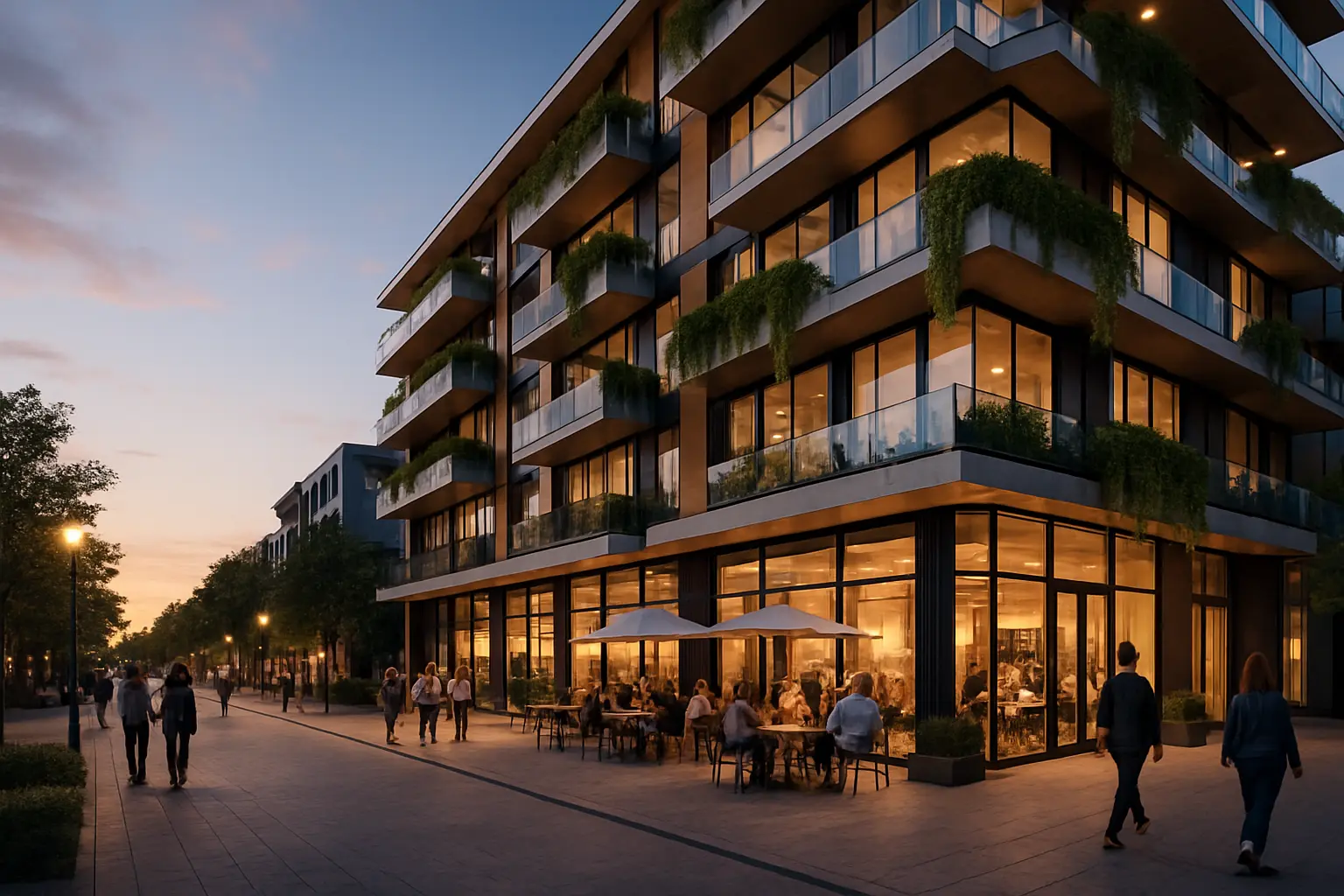The Mixed-Use Revolution: Smart Investments in Hybrid Properties
Discover how combining residential and commercial spaces is reshaping modern real estate investment opportunities

Understanding the Growing Trend of Mixed-Use Properties
The real estate landscape is experiencing a revolutionary transformation as mixed-use developments emerge as the cornerstone of modern urban planning. These innovative properties combine residential and commercial spaces into cohesive communities, offering a solution to the evolving demands of contemporary living.
Mixed-use developments are redefining the traditional boundaries between where we live, work, and play. By integrating residential units with retail spaces, offices, and entertainment venues, these properties create vibrant, self-sustaining communities that cater to the growing desire for convenience and connectivity.
Key Benefits for Property Investors
Enhanced Revenue Potential
- Multiple income streams from diverse tenant types
- Higher rental yields compared to single-use properties
- Increased property value appreciation potential
- Built-in demand synergies between residential and commercial tenants
Risk Mitigation Advantages
- Diversified tenant base reduces vacancy impact
- Economic downturn resilience through varied income sources
- Extended operating hours maximizing property utilization
Success Stories
Urban Renaissance Project
A prime example of mixed-use success is the Urban Renaissance Project, which transformed a declining neighborhood into a thriving community hub. This development combines luxury apartments with boutique retail spaces and creative offices, achieving a remarkable 95% occupancy rate within its first year.
"Our mixed-use investment has not only delivered superior returns but has created a genuine sense of community that continues to attract quality tenants across all segments." - Leading Property Developer
The Harbor District Revival
Another notable success story is the Harbor District Revival, where strategic integration of residential units with waterfront restaurants and retail spaces has resulted in a 40% increase in property values and established a new destination for urban living.
Strategic Considerations
Location Selection Criteria
- Proximity to transportation hubs and major employment centers
- Demographics and market demand analysis
- Local zoning laws and development regulations
- Growth potential of the surrounding area
Tenant Mix Optimization
- Complementary business selection
- Balance between different property uses
- Creating synergies between residential and commercial tenants
Property Management Essentials
- Professional management team with mixed-use experience
- Integrated security and access control systems
- Common area maintenance and programming
- Tenant relationship management across different use types
The future of real estate investment lies in these dynamic mixed-use developments. By understanding the key drivers of success and implementing strategic management practices, investors can capitalize on this growing trend while contributing to the development of sustainable, vibrant communities.


